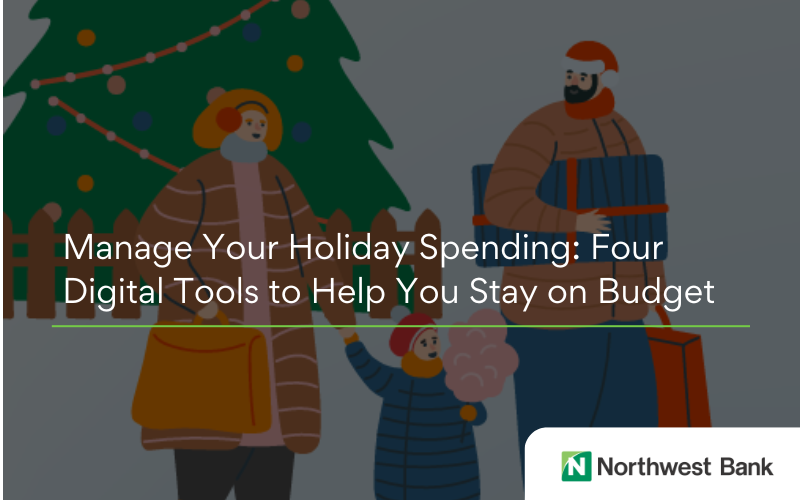What's Going On With Student Loan Repayment Plans?
Proposed changes to government student loan forgiveness programs could impact your business
Key takeaways:
- The Saving on a Valuable Education (SAVE) Plan is an income-driven plan intended to help make postsecondary education more affordable for American households.
- The plan was recently challenged in court, leading to a freeze on new and in-process applications, as well as a pause on monthly payments for plan enrollees.
- Changes to the SAVE plan have the potential to impact consumers and employees alike, which may place new pressures on businesses.
In a year already marked by uncertainty — be it regulatory, geopolitical or economic — consumers must now grapple with potential changes to their student loan repayment plans.
The Saving on a Valuable Education (SAVE) Plan is an income-driven program introduced under the Biden administration. It’s intended to make postsecondary education more affordable for Americans by basing monthly student loan payments on borrowers’ income and family size.
However, the plan has been the target of recent legal challenges. Changes to the SAVE Plan could affect the 8 million Americans enrolled in it, as well as those who have already applied for relief or had planned to.
Here’s what businesses need to know about this rapidly evolving situation and how it may impact organizations nationwide.
What is the SAVE Repayment Plan?
The SAVE Plan is an Income-Driven Repayment (IDR) plan intended to reduce student loan borrowing costs for Americans. It allows borrowers to make payments based on their income and family size, and includes measures to help households pay off their federal student loans over a predetermined time period.
The program offers a number of important benefits for borrowers:
- Income-driven payments reduce monthly student payments for most households. The plan also excludes spousal income for couples who file their taxes separately.
- The interest benefit helps protect borrowers against infinite amortizations. If the borrower’s monthly payment is less than the monthly interest cost, the SAVE Program pays the rest of the interest to prevent the loan balance from increasing.
- After a set period of time — as little as 10 years — borrowers who have adhered to their repayment plan can access student loan forgiveness and cancel the remaining balance of their debt.
Inside the SAVE Plan’s latest legal challenges
Note: This is an ongoing situation. Here’s what we know as of March 28, 2025.
The SAVE Plan has been challenged in court, with two Republican-led states arguing that the Biden administration had overstepped its authority.
In March, the U.S. Court of Appeals for the Eighth Circuit upheld a ban on a portion of the SAVE Plan. The court also determined that the Department of Education (DoE) lacked the authority to extend student loan forgiveness for borrowers enrolled in IDR plans.
As a result, the SAVE Plan has remained in legal limbo. New applications for the plan have closed, and existing applications have been frozen until the DoE receives further guidance. For current enrollees, monthly payments have paused. While they aren’t paying down their student loans, their balance is not accumulating new interest either.
On March 25, President Trump announced that the Small Business Administration (SBA) would be taking over the government’s federal student loan portfolio. The DoE reopened online applications for income-driven repayment plans — however, the SAVE Plan will remain unavailable for now.
Additionally, congress has drafted a bill that would overhaul the student loan repayment system. Under the proposed new plan, enrollees would agree to make regular payments over a set period of time, up to 30 years, before the remainder of their debt is forgiven. Additionally, congress has proposed a separate, income-based assistance program with debt repayment starting at $10 per month.
However, it's not yet known which, if any, changes will enacted into law, and the future of student loan repayment programs remains uncertain.
How might these changes impact businesses?
Since this is an evolving situation, only time will tell how these changes ultimately impact businesses. However, there are a few potential outcomes that companies might opt to plan for:
- Increased financial pressure on employees. Workers may be concerned about their finances with the possibility of bigger loan payments ahead. As a result, employers may see heightened demand for student loan repayment benefits or higher pay.
- Financial uncertainty among consumers. Changes to the SAVE Plan may prompt enrollees to tighten their budgets. The result could be a dip in consumer demand for products and services. Businesses that target these customers could be particularly affected by any changes.
- Indirect impact on the SBA. If President Trump’s directive goes through, the SBA will gain significant new responsibilities — even as the agency plans to cut 40 percent of its workforce. Changes within the SBA may indirectly impact businesses that rely on SBA loans and assistance, with ripple effects in the economy as a whole.
The bottom line
In times of uncertainty, a strong grasp on the financial fundamentals — such as liquidity, capital and cash flow — can help organizations weather the storm. Our team of business banking experts is here to help you navigate the ever-changing headwinds organizations face today.




